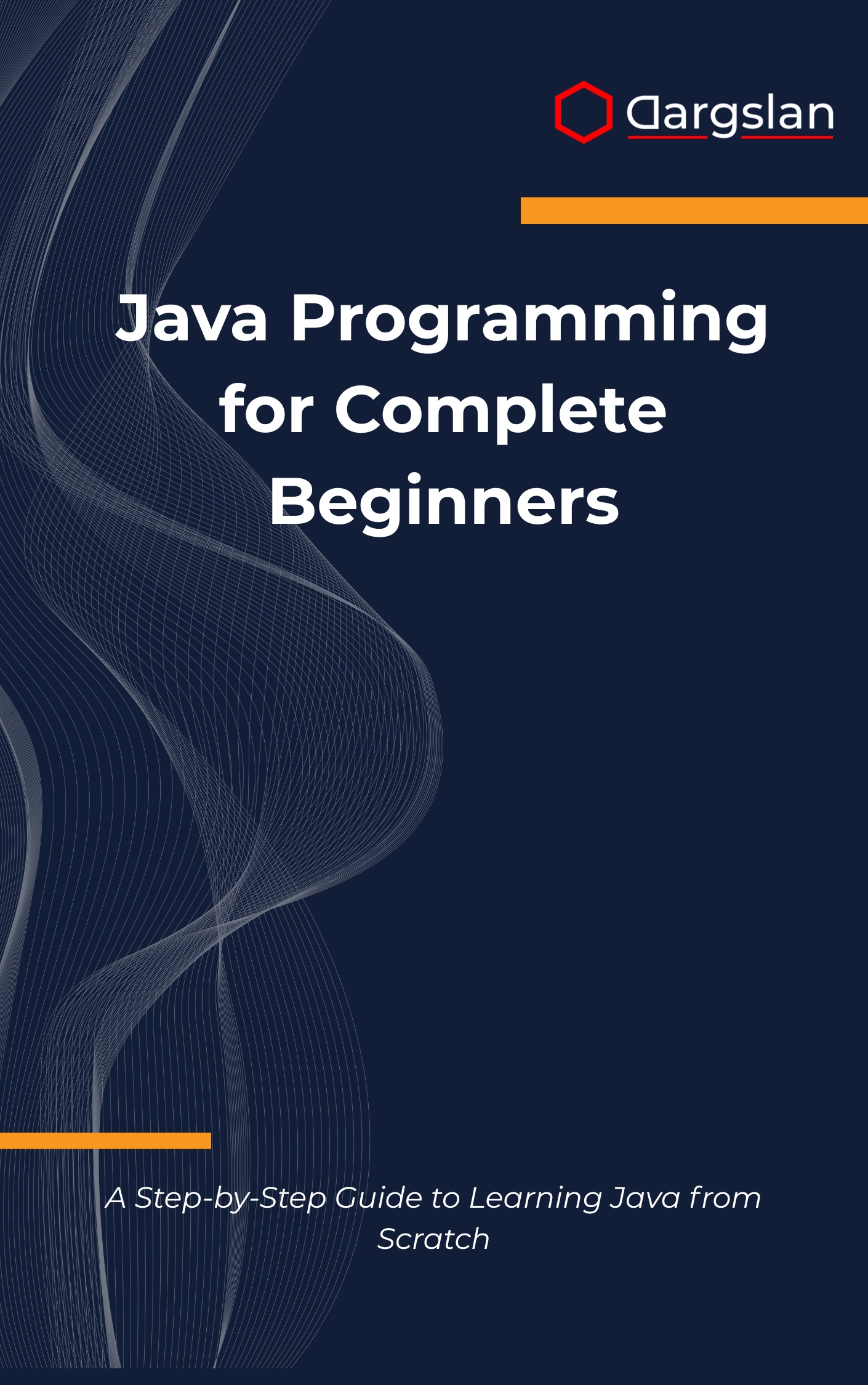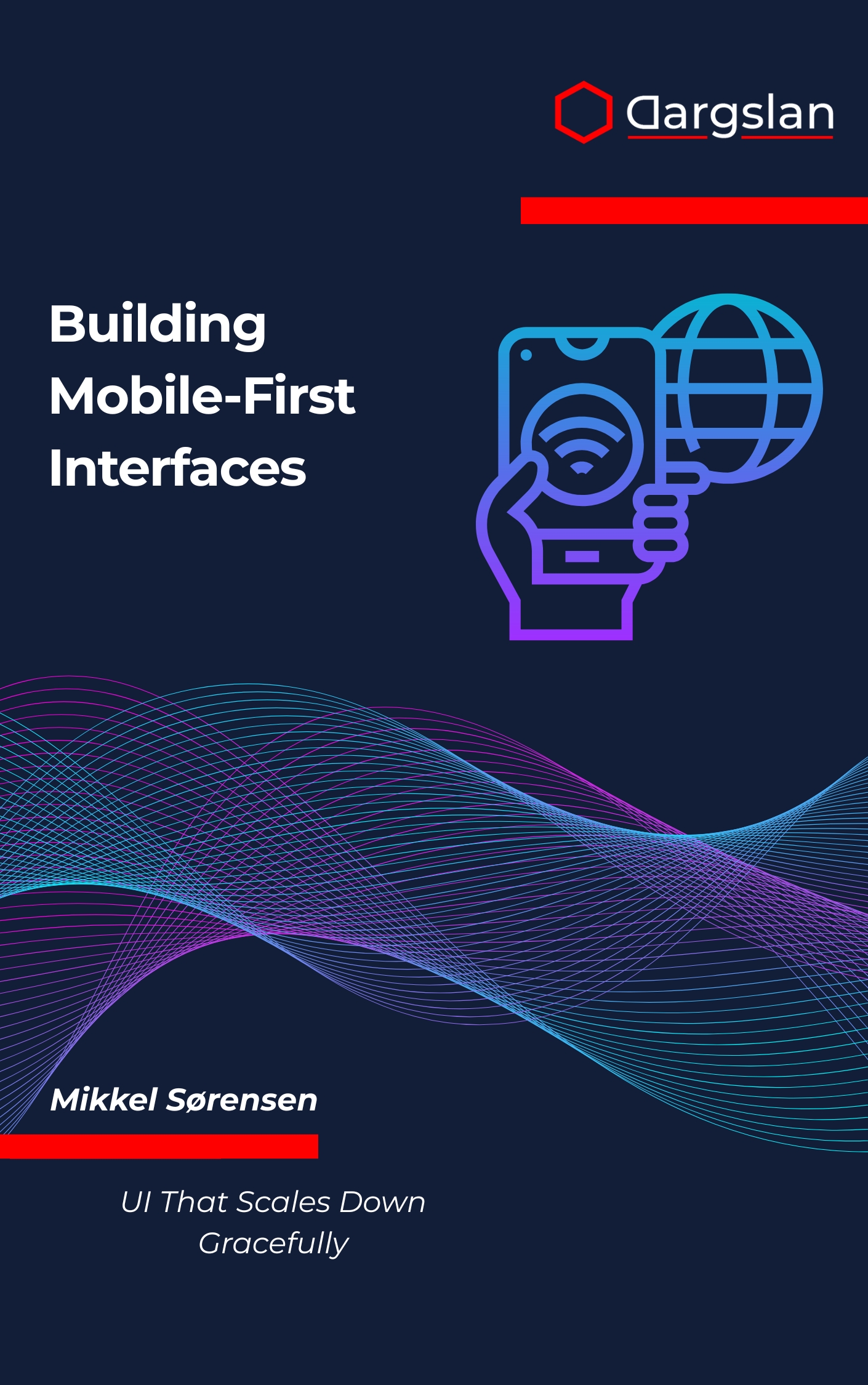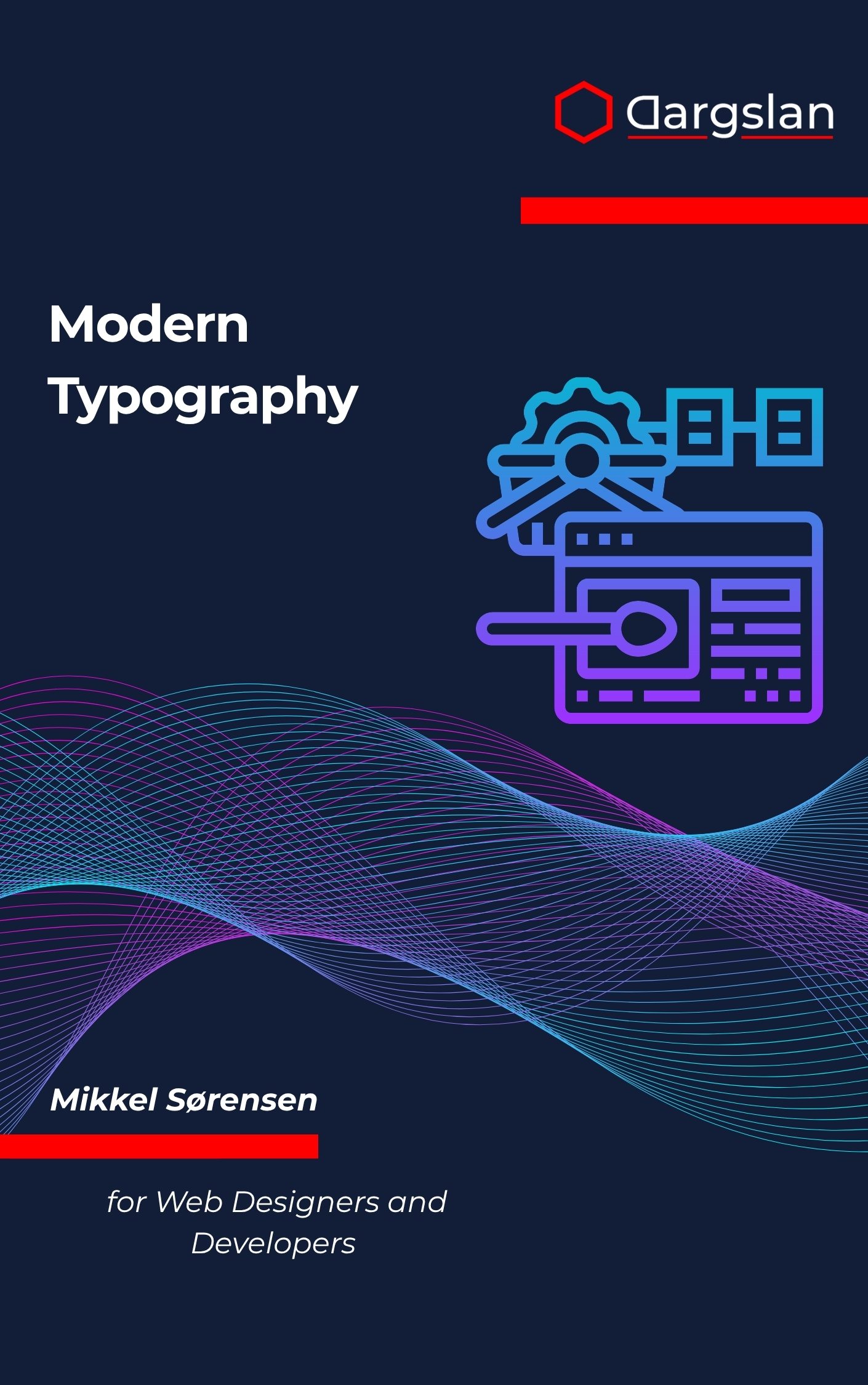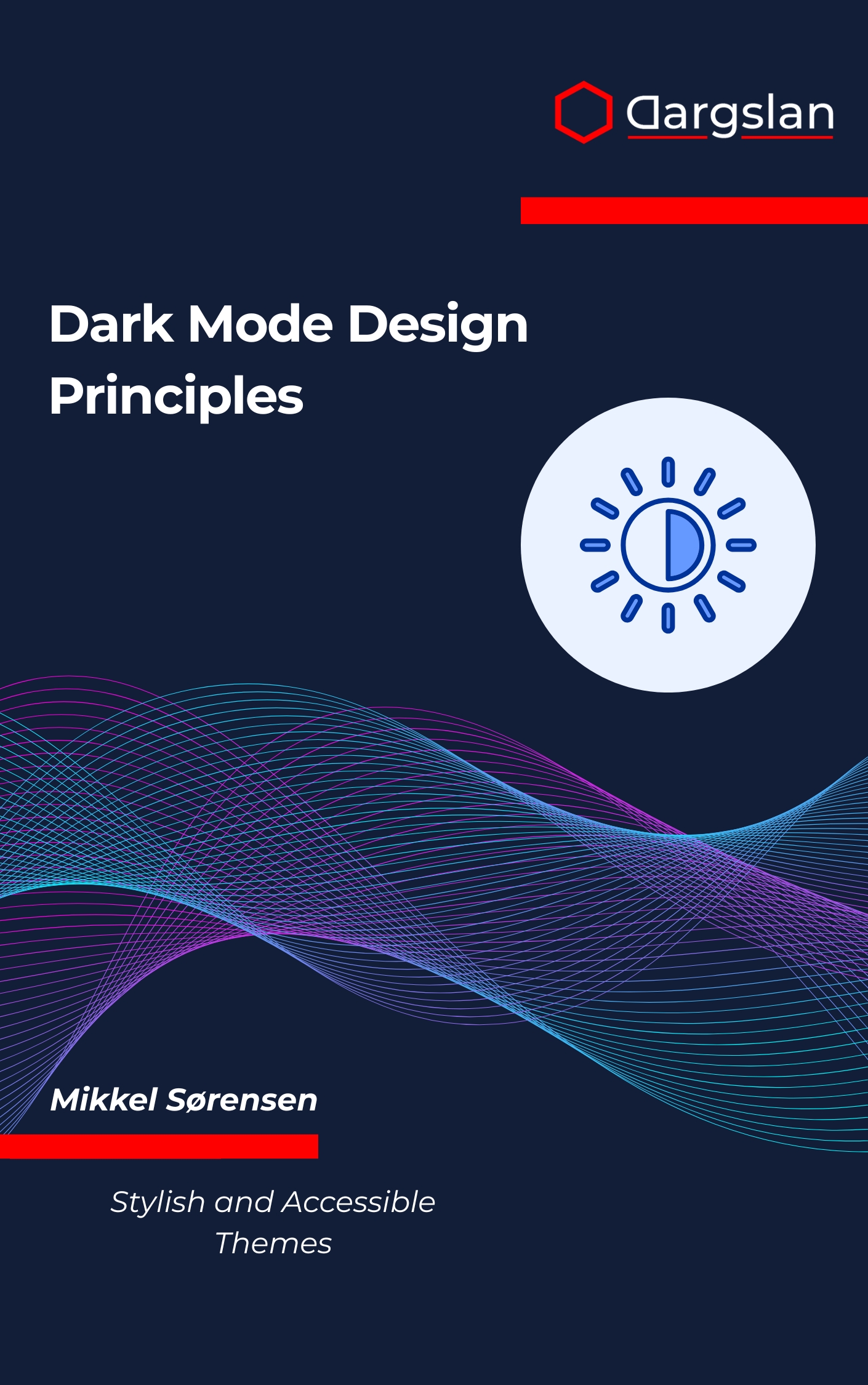Java Programming for Complete Beginners
C# Programming for Beginners: A Step-by-Step Guide to Learning C# and Building Your First Applications,Learn C# step-by-step and start building Windows and .NET applications confidently.

Ready to turn “I want to learn Java” into real, working code? This beginner-friendly guide shows you exactly what to do, in what order, and why it matters—so you can build applications, not just memorize syntax.
From the first print statement to object-oriented design, you’ll follow a clear, hands-on path that demystifies core concepts and gives you the confidence to ship small but meaningful projects. No prior coding experience required—just curiosity and the willingness to practice.
A Step-by-Step Guide to Learning Java from Scratch
Overview
Java Programming for Complete Beginners is A Step-by-Step Guide to Learning Java from Scratch that functions as an IT book, programming guide, and technical book for absolute newcomers to Java. It covers Java fundamentals, variables and data types, control flow structures, methods and functions, and arrays and strings while introducing object-oriented programming with encapsulation and constructors, inheritance and polymorphism, and abstraction and interfaces. You’ll also master exception handling, the Java Collections Framework, file input/output operations, command line programming, and practical project development—so you can move from theory to working software with confidence.
Who This Book Is For
- New programmers and students who want a gentle, logical on-ramp to software development. You’ll learn core Java syntax, key language features, and the mindset for solving problems—building portfolio-ready mini-projects along the way.
- Career switchers and professionals upskilling into backend, Android, or automation roles. Expect a clear outcome: write maintainable Java using object-oriented programming, handle errors cleanly, work with the Java Collections Framework, and manage files and command-line apps like a pro.
- Self-taught learners and hobbyists seeking momentum and structure. Start building real programs now, transform scattered tutorials into a cohesive learning path, and challenge yourself with practical exercises that translate directly to real-world coding.
Key Lessons and Takeaways
- Lesson 1 — Build working console apps from scratch: set up your JDK and IDE, structure classes and packages, and use control flow structures, methods and functions, and arrays and strings to implement features users can actually run.
- Lesson 2 — Design with objects the professional way: apply encapsulation and constructors to protect state, leverage inheritance and polymorphism to reuse behavior, and model real domains with abstraction and interfaces for flexible, testable code.
- Lesson 3 — Write robust, data-savvy programs: process collections at scale with the Java Collections Framework, safeguard your apps using exception handling, and manage persistence through file input/output operations for practical, real-world workflows.
Why You’ll Love This Book
The explanations are clear, concise, and delivered in plain English, so complex topics feel approachable without dumbing them down. Each chapter pairs teaching with hands-on practice, ensuring you internalize concepts by writing code, not just reading about it. You’ll also learn industry best practices—from naming conventions to clean structure—so the habits you form now will serve you on real teams and projects later.
How to Get the Most Out of It
- Follow the chapters in order and code along with every example. Treat each section as a mini-sprint: read, implement, then refactor. Revisit foundational topics—Java fundamentals, variables and data types, and control flow structures—before moving deeper into object-oriented programming.
- Apply concepts to your own scenarios. After learning a technique (like methods and functions or abstraction and interfaces), adapt the example to a problem you care about. Practice exception handling intentionally by introducing and catching likely errors, and explore the Collections API with your own datasets.
- Reinforce learning through mini-projects. Build a command line programming tool (e.g., a to-do list) using arrays and strings, then upgrade it to use the Java Collections Framework. Add file input/output operations to save data, implement encapsulation and constructors for clean models, and use inheritance and polymorphism to extend features.
Get Your Copy
Start your journey to writing clean, confident Java. Learn step by step, build real projects, and acquire the skills employers recognize.




